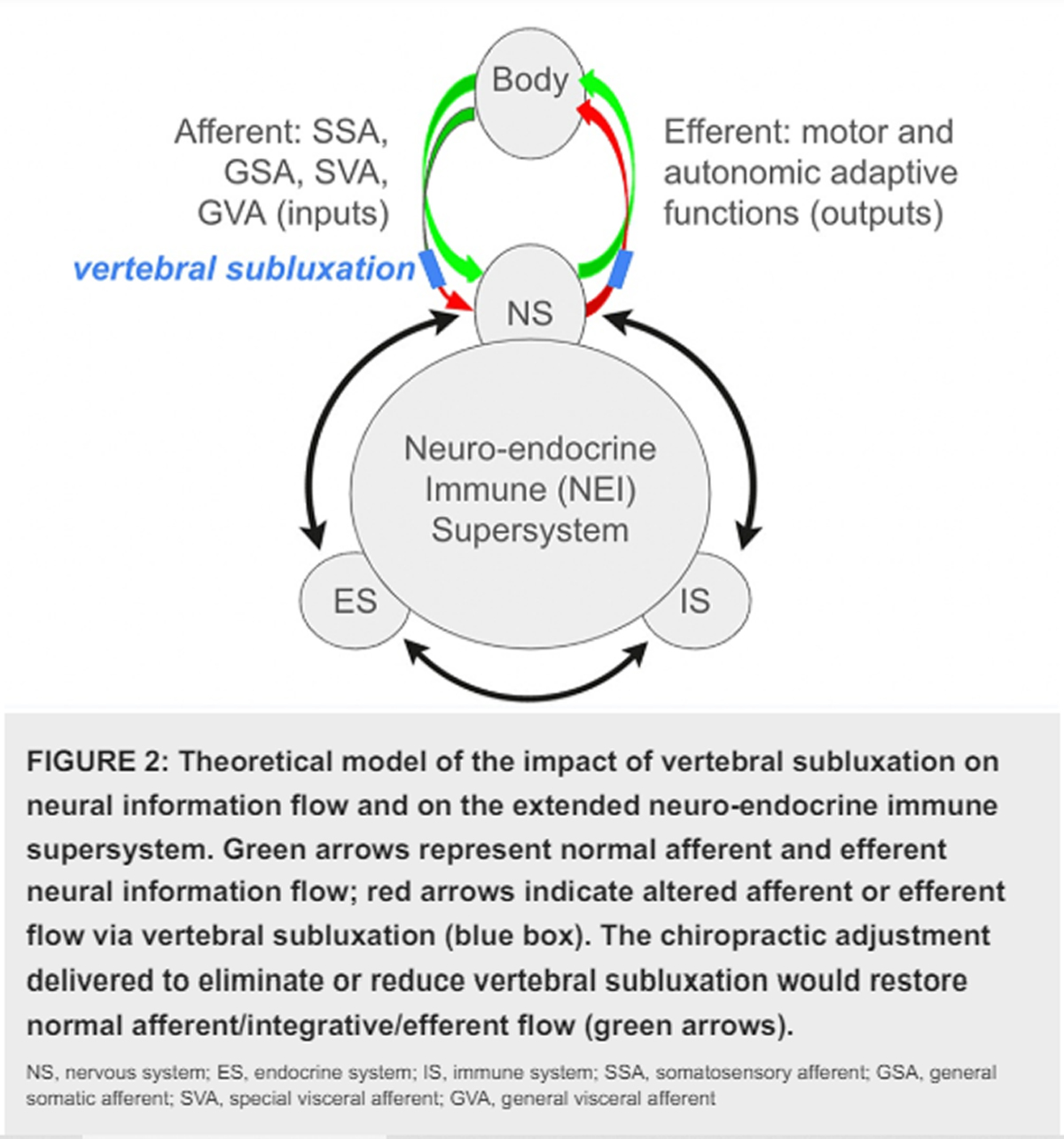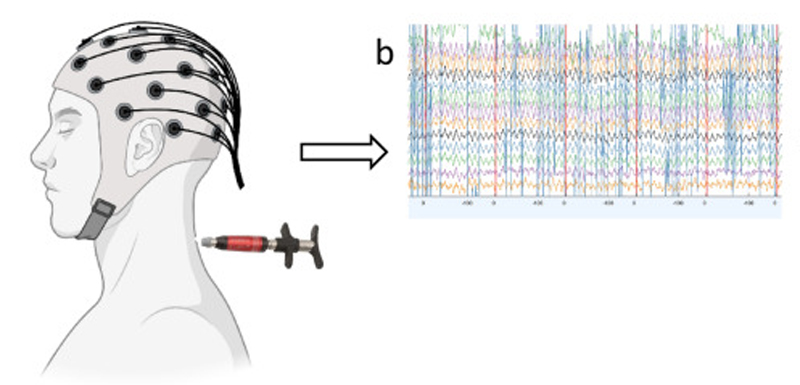The Subluxation – Historical Perspectives
SOURCE: Chiropractic J of Australia 2009 (Dec); 39 (4): 151–164
Meridel I. Gatterman, MA, DC, MEd
Chiropractic Consultant,
Florissant, Colorado
Thanks to Dr. Rolf Peters, editor of the Chiropractic Journal of Australia for permission to republish this Full Text article, exclusively at Chiro.Org!
Subluxation is a term that continues to generate controversy into the 21st Century. This paper describes the controversy surrounding terminology arrived at through consensus in the latter part of the 20th century in addition to ongoing issues surrounding the use of the term subluxation.
Introduction
A word is not a crystal, transparent and unchanged; it is the skin of a living thought and may vary greatly in color and content according to the circumstances and time in which it is used.
— Oliver Wendell Holmes, Jr.
Historically subluxation has been central to the philosophy, science, and practice of chiropractic as the primary articular lesion treated by chiropractors. A number of issues have surrounded the use of the term subluxation including: terminology, the nature of the lesion (aberrant motion versus misalignment), and clinical, economic and political issues. The complexity of these issues precludes discrete discussion, classifying them as such, however, gives focus to much of the controversy.
Aberrant Motion versus Misalignment
The controversial nature of the chiropractic subluxation began as early as 1906 with the Palmers emphasizing vertebral displacement (misalignment) [1] at the same time that Smith Langworthy and Paxson emphasized aberrant motion as the primary characteristic of subluxation [2] They stated that:
“A simple subluxed vertebra differs from a normal vertebra only in its field of motion and the center of its field of motion.” [2]
The aberrant motion concept subsequently became more popular in Europe, However in North America, Budden [3] was using the term “fixation” when referring to a subluxation at Western States Chiropractic College by 1930.
His definition described the vertebral fixation as:
“The fixation of a joint in a position of motion, usually at the extreme of motion.” [3]
This is just one of many articles @:
In the 1940/s Leikans and the Gillet brothers in Belgium, [4] independently of Carver [5] and Vladef [6] in the United States, were describing motion palpation as a method of detecting spinal fixations. Homewood [7] in his text The Neurodyanmics of the Vertebral Suluxation while emphasizing the restricted motion component of subluxation preferred the term subluxation to fixation. In the late 70’s and early 80’s Grice [8] at Canadian Memorial Chiropractic College in Canada and Faye [9] through post graduate seminars in United States enlarged upon Gillet’s work by teaching motion palpation.
Consensus Terminology
An effort was made to develop chiropractic nomenclature through consensus in the early 1990’s. [10] This project sponsored by the Consortium for Chiropractic Research was published in 1994. The ten terms agreed to include the definition of subluxation that included both the characteristics of misalignment and restricted motion as follows.
Read the rest of this Full Text article now!





Leave A Comment